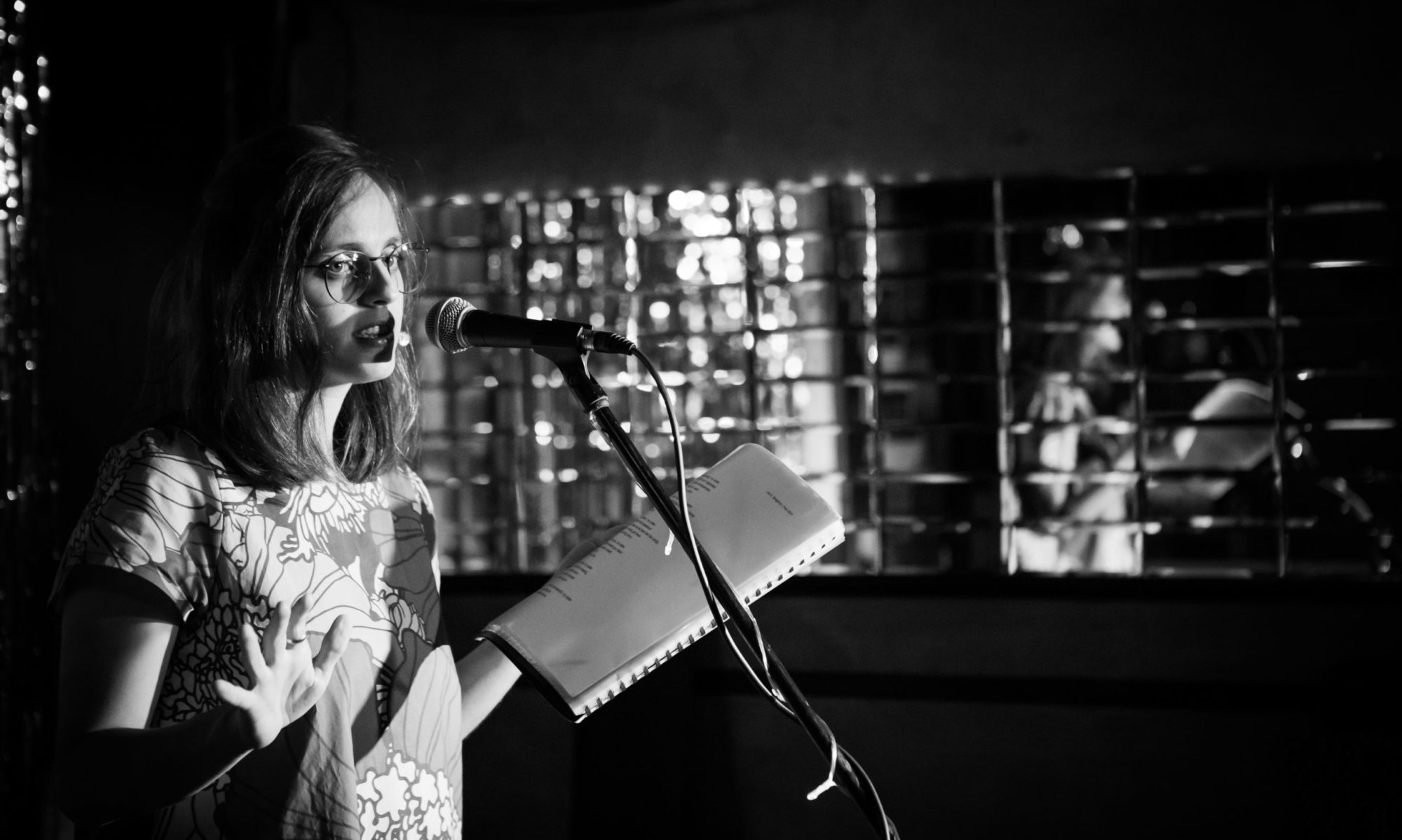July is disability pride month, and I’ve been pondering the idea the entire month. This is the first time I’ve even heard of, and can identify with, disability pride month. The sad fact that it took me over thirty years to get here doesn’t stop me from being connected with the idea.
Disability pride has changed my life so significantly it is actually hard to put into words. I’ve written about this before in different ways – my journey of accepting who I am, my disability and my life. But how has this pride improved my life? Here are just a few things that have come to mind as I’ve reflected over the last month.

My mental health has improved (well apart from COVID anxiety). I no longer feel worried, scared, ashamed or guilty about my disability or my needs. Instead of constantly worrying about someone seeing my leg or commenting about how I dress or my limp, I feel free to wear what I truly like, that works with the weather, my mood and who I am.
My physical health has improved. Despite being an Australian resident since 2015 I have never thought about even inquiring about disability support. The Israeli system taught me that is a traumatic process that isn’t worth my effort and time. By accepting that I am disabled, I’ve applied for NDIS funding and received it, allowing me access to services I never thought were even an option for me. A few weeks ago I’ve had an assessment with an occupational therapist for the first time in my life. I nearly cried of joy when she recommended meaningful modifications that would make my life more pain free and manageable.
I found a community. Having a disability community I can be a part of means everything to me. It means that after so many years of feeling like the outsider, the one who doesn’t fit in or belong, the ‘damaged one’, I now feel a sense of belonging to a community which is resilient, powerful, unapologetic and beautiful. Feeling ‘normal’ and that others out there are like me discarded so much shame and hopelessness.
I found hope. Growing up I’ve learnt to wait for a ‘fix’ of my leg, my body, of me. That was the main goal of all my treatments. Unfortunately, I was never going to be ‘normal’ and felt I would never truly fit it. Disability pride has made me hopeful because I’ve changed my focus. I no longer wait for a fix of myself, because I am not the one who needs fixing. It is our society that needs to do the work – to reflect, fund, support, accept, and change. There is hope in my heart that we can make that change happen – because there are such strong voices out there advocating for that, every day.
People around me understand more. Since accepting who I am, talking and writing about it, I’ve noticed people in my environment responding. I got asked if I need a hand with something previously people wouldn’t have mentioned. People have told me that my writing and advocacy about disability have changed their perspective and their behaviour. My toddler knows about my pain and accepts my body and it’s functions because I talk about them without apologies or shame.
I am more me. As a kid, I remember pondering what would happen to me once the leg thing was ‘finished’. Even as a child I felt sad about being ‘fixed’, despite simultaneously wanting that to happen so bad. Now I know the reason for this ambivalcnce is disbaility pride. Even as a child I knew that my leg, my disability or my journey, could never be sepeated from me. They are an integral part of who I am. Disability pride has released me from this ambivalnce. I don’t want to be fixed, I don’t want a cure, or to be woken up with a ‘normal’ leg, like I used to dream about. My disability could never be taken away from me. If it ever was, there would be a big hole left in me – I feel empty and sad imagining life without my disability. I am different from other people, and I like it! I don’t want to be like anybody else in the world. I wouldn’t choose another journey. I wouldn’t choose an able-bodied body over my own. I would choose my leg, my disability and my life. Every. Single. Time. If it wasn’t for my disability, you wouldn’t have been reading these words. If it wasn’t for my disability, I wouldn’t have been me.
Until next time,
Liel K. Bridgford

